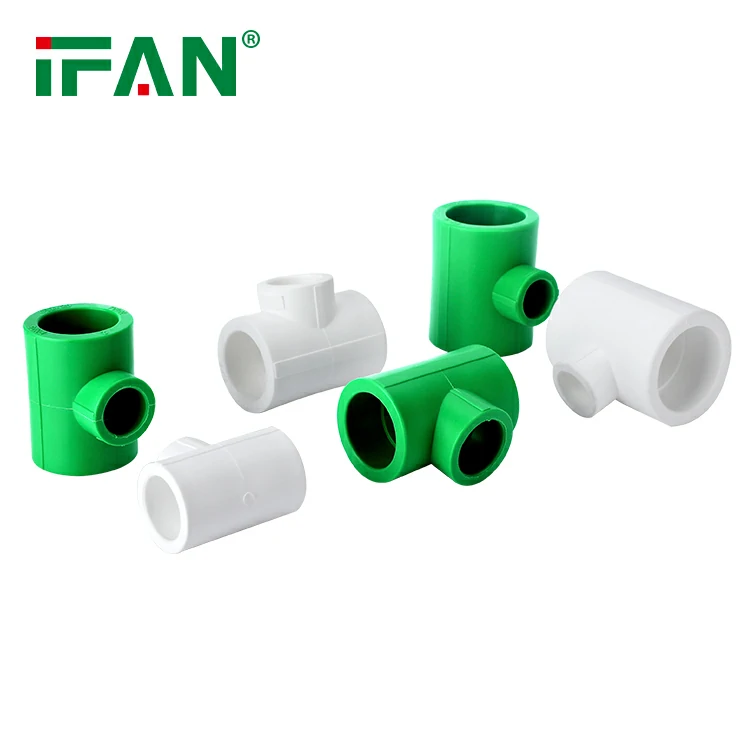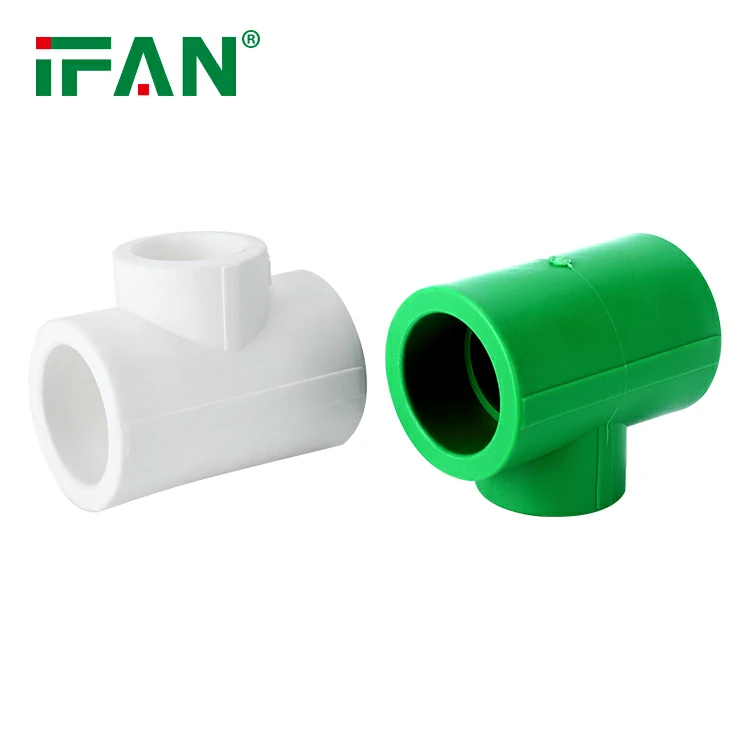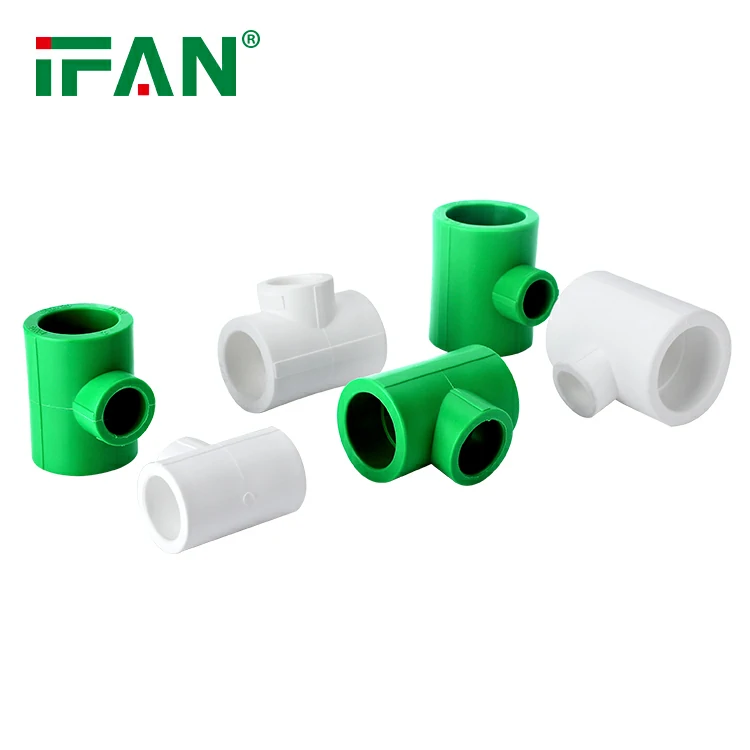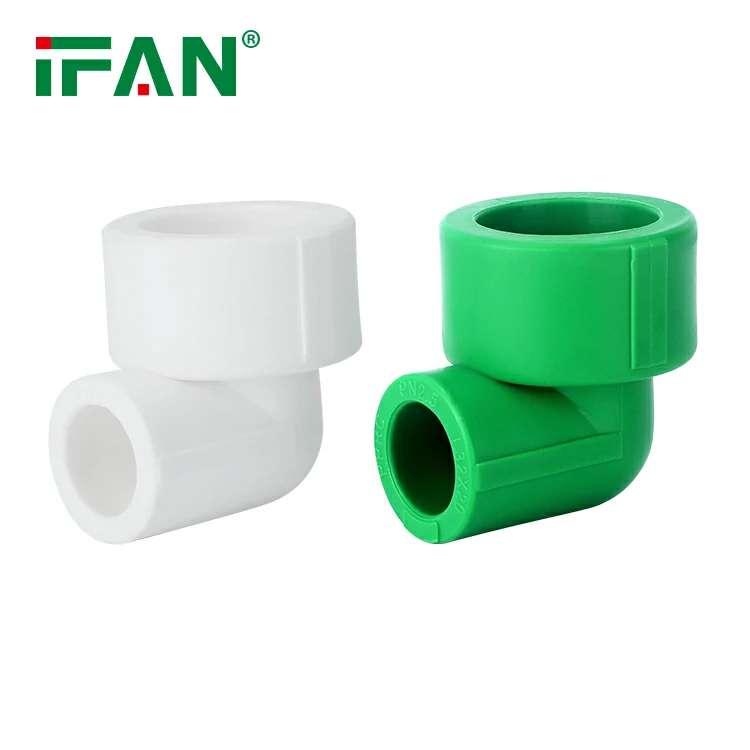There are several types of PVC pipes available in the market, including:
- Schedule 40: Most commonly used for drain-waste-vent (DWV) and irrigation applications.
- Schedule 80: Thicker than Schedule 40, used for more high-pressure applications such as industrial and chemical piping.
- CPVC: Chlorinated polyvinyl chloride is a special type of PVC that is designed to handle higher temperatures and pressures.
- Flexible PVC: Used for underground or above-ground installations where flexibility is required.
- Clear PVC: Transparent PVC pipe that allows visual monitoring of fluids.
- Blue PVC: Typically used for cold water applications.
- Purple PVC: Used primarily for reclaimed or recycled water systems.
- Green PVC: Used for sewer systems and wastewater applications.
What is the process of joining PVC pipes together?
The process of joining PVC pipes together involves several steps:
- Measure and cut the pipes to the desired length using a saw or PVC pipe cutter.
- Smooth the edges of the cut with sandpaper or a deburring tool to remove any burrs.
- Apply PVC primer to both the inside of the fitting and the outside of the pipe within 3-4 inches of the end.
- Apply PVC cement to the same areas as the primer, ensuring full coverage.
- Quickly insert the pipe into the fitting and twist it a quarter turn to ensure a secure bond.
- Hold the joint in place for a few seconds to allow the cement to set.
- Repeat the process for any additional joints required.
Note: Always follow the manufacturer’s instructions for the specific type of PVC cement being used.
Can PVC pipes be used underground or exposed to sunlight?
Yes, PVC pipes can be used underground and exposed to sunlight. However, it is important to use the appropriate type of PVC pipe for each application. For example, PVC pipes used underground should be designed for burial and have thicker walls to withstand the pressure of the soil. PVC pipes used in areas exposed to sunlight should be UV-resistant to prevent damage from prolonged exposure to the sun’s rays. It’s always best to consult with a professional to determine the appropriate type of PVC pipe for your specific needs.





